Shopping for auto parts isn’t as straightforward as it may seem.
While sometimes it’s as easy as visiting your favorite aftermarket parts website and searching by your vehicle’s year, make, and model—you may discover that some parts are described as new, while some are “remanufactured.”
And sometimes, the right replacement part you need isn’t even available anymore.
Depending on the auto parts you’re looking for, you may have to choose between a new part, a remanufactured part, or a used part.
Ergo, it’s important that you understand the distinctions here.
What is Considered a “New” Part?
In a nutshell, a new part is something that doesn’t re-use a single component from the original assembly. Everything is fresh, from the casting, stamping, or pressing, to any and all seals, brackets, hardware, and internals.
Generally speaking, you’ll find new part options for precision electrical systems, critical engine assemblies, and suspension components . Rubber hardens, plastic deteriorates, metal oxidizes, and wiring decays—so a lot of times it is not practical or feasible to offer a used or remanufactured version of certain parts.
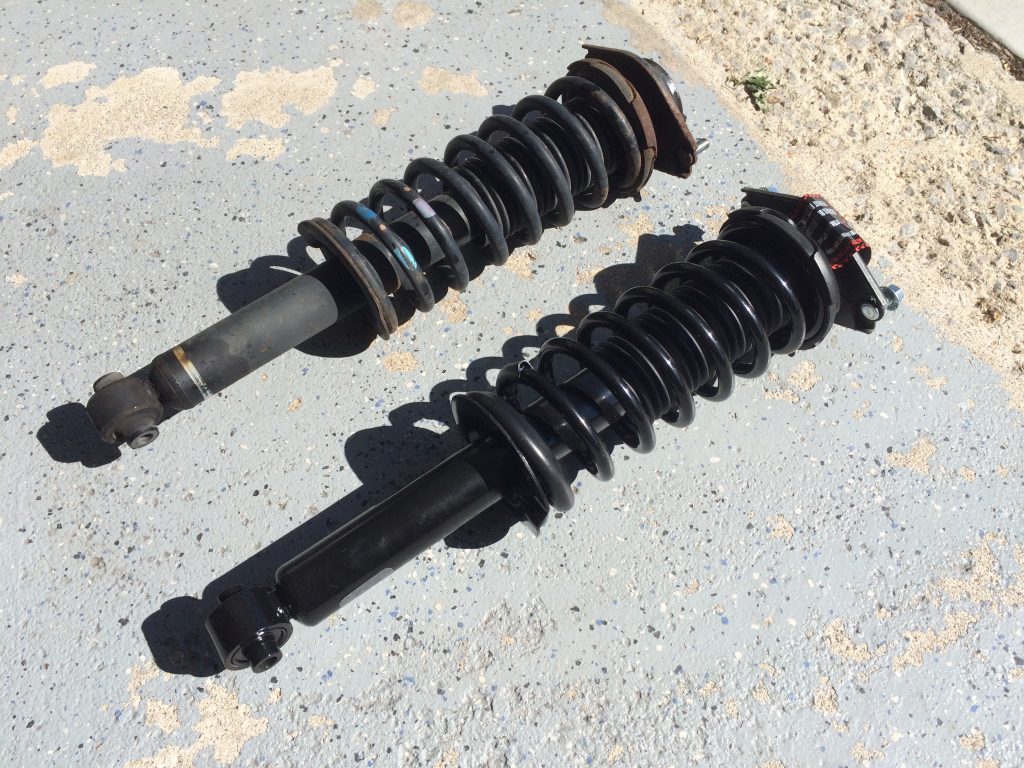
An all new part obviously has a ton of upside—since everything is new, you have some peace-of-mind that you’ll get miles of reliability out of the component.
As an added bonus, a new part may have been redesigned or updated since the original vehicle was released.
You tend to see that a lot in electrical components, where a more modern construction method or material offers significant improvement over the original stock part. Better still, a new part may feature a revision to thwart a shortcoming from the original design—say an impeller tweak to improve coolant flow or a beefier bushing for increased durability.
Yet there are some things to consider:
A new part will typically be more expensive than a used or remanufactured part. And for restoration purists, the new part may look or operate different than the original part it’s replacing.
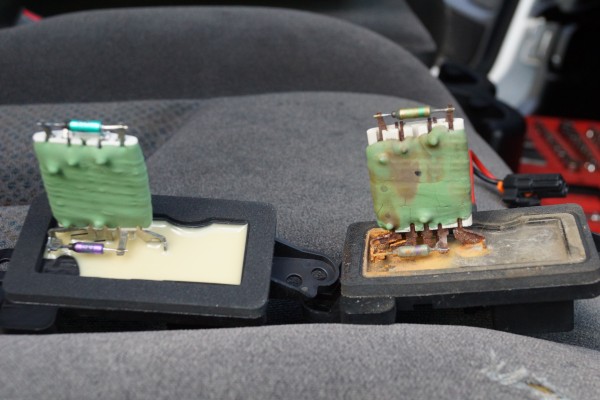
What is a Remanufactured Part?
A remanufactured part is a component that reuses some of the more durable pieces of the original, while replacing the worn-out parts with all-new materials.
You’ll commonly come across remanufactured parts when shopping for things like brake calipers, master cylinders, carburetors, water pumps, power steering pumps, steering boxes, starters, and alternators.
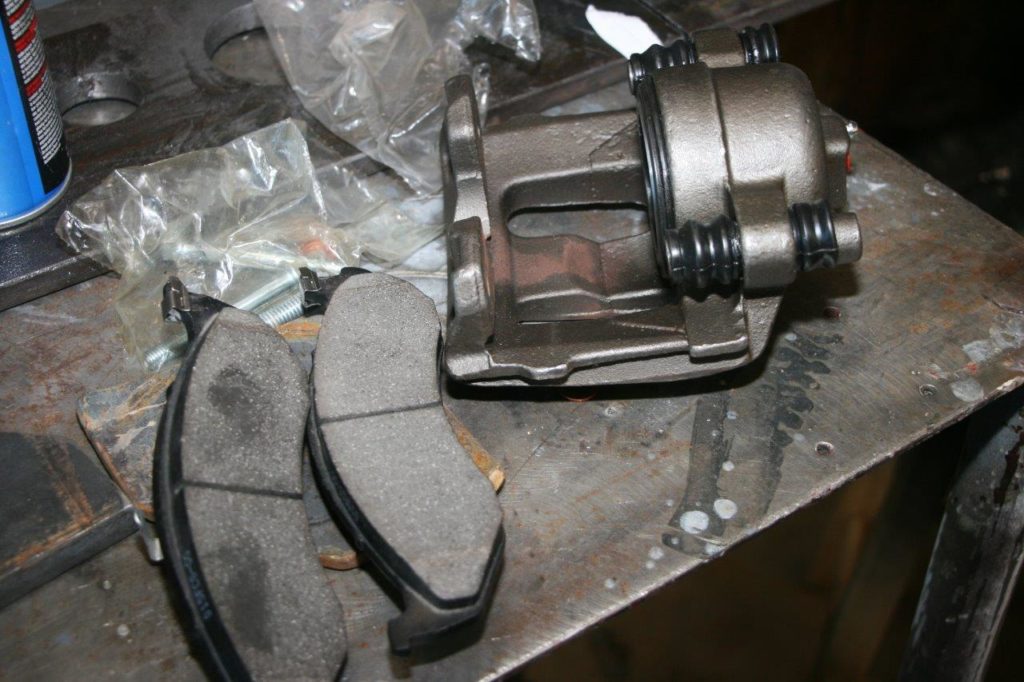
Remanufacturing usually begins with a core, which is a fancy word used to describe the big, main housing or cast assembly.
Once a core is received by the remanufacturing company, the remanufactured part is first disassembled and thoroughly cleaned. The reusable parts receive an intensive inspection, to make sure they’re suitable for a rebuild. The inspection process usually homes-in on things like bolt thread condition, excessive wear in and around fluid passages, any unusual bends, nicks, or dings, and trueness to the original part’s tolerance specs (cylinder bores, fitting ports, brackets, shaft/bolt alignment, etc.)
Once the core is deemed good and true, and all the other reusable parts pass the rigorous inspection process, reassembly begins. The part is fitted with new seals, hardware, soft parts, electrical connectors and wiring, and any other new component that is necessary to complete the rebuild.
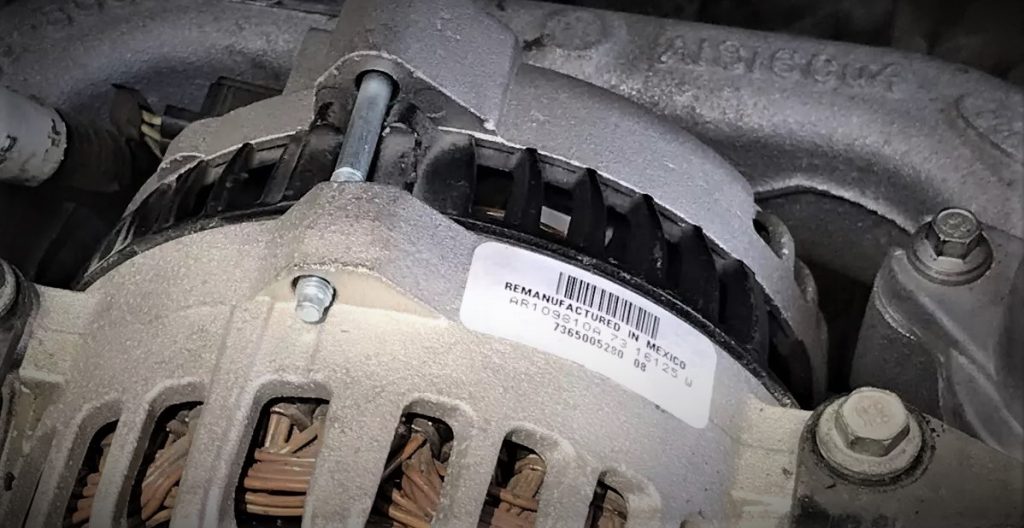
While a remanufactured part is technically using some old materials, there are some significant benefits here.
For starters, “remans” can be cheaper than an all-new part. And since they are made using the original casting/housing, you can expect the remanufactured part to pop right in place of the old one you just removed—and it’ll likely look identical to the original one too.
Most importantly, using a reman part can potentially avoid clearance issues if you’ve preformed any additional underhood modifications—in other words, if the original starter fit behind your headers, the stock remanufactured part probably will too.
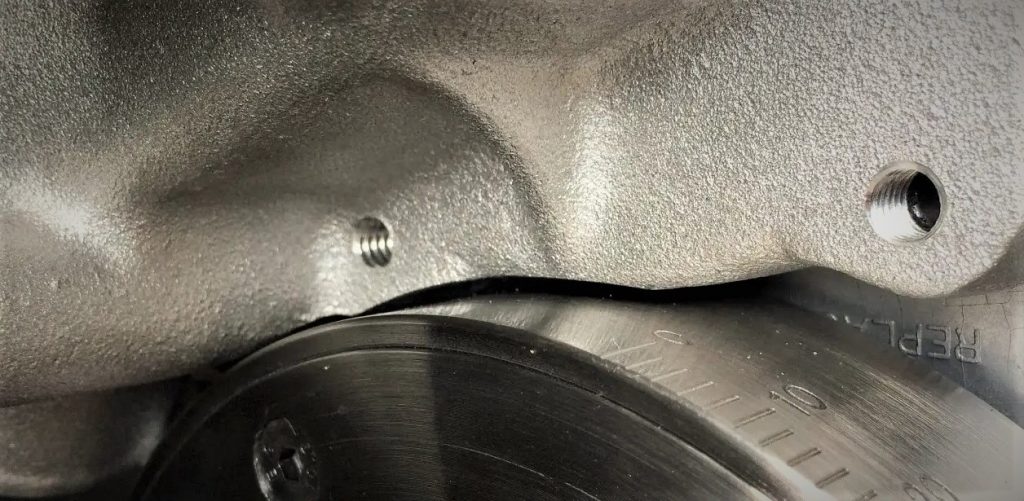
Core Charge, Explained: One thing to remember is that a remanufactured part will typically have a core charge too. Think of a core charge as sort of a “security deposit” for the old part. A core charge is added at the time of the purchase. Once you’re done installing the part, you simply return the old, worn-out part you just took off to the place you bought it from, and they’ll refund that core charge. (Learn more about core charges here.) The core charge is there to help good cores get recycled by companies using them for rebuilds—which, cue Elton John, allows our automotive Circle of Life to continue.
What is a Used Part?
A used car part is a bit more straightforward, though there is still some nuance. A used part is simply a good, usable component that’s been removed from another “donor car” that’s been parted-out for salvage.
For many gearheads, a used part is the only option they have.
Either their car is too rare or obscure to have a robust aftermarket offering, or the price of the particular part (and all related brackets and hardware) is cost-prohibitive—which is common if the part is only available from the dealership.
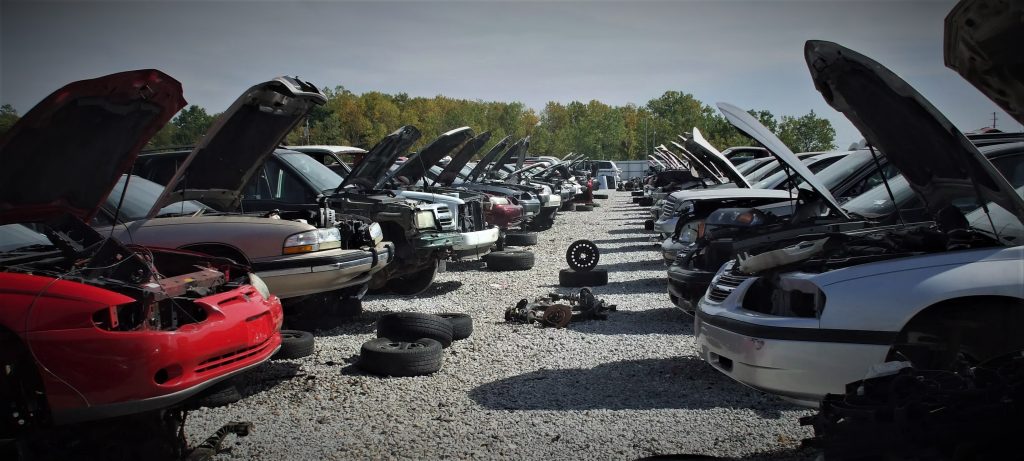
But done right, a used part is often a smart solution to both those dilemmas. In fact, we put together this handy guide to help folks on their next junkyard outing: 13 Tips for Scrapyard Parts Scrounging
That’s because, generally speaking, OEM parts are made really, really well.
They’re built to a rigid spec with a special focus on useable service life—auto manufacturers make sure of this because, for instance, when a radiator craps out prematurely, consumers don’t blame the radiator company, they blame the car maker. So it’s in the auto manufacturer’s best interest to use top-quality parts.
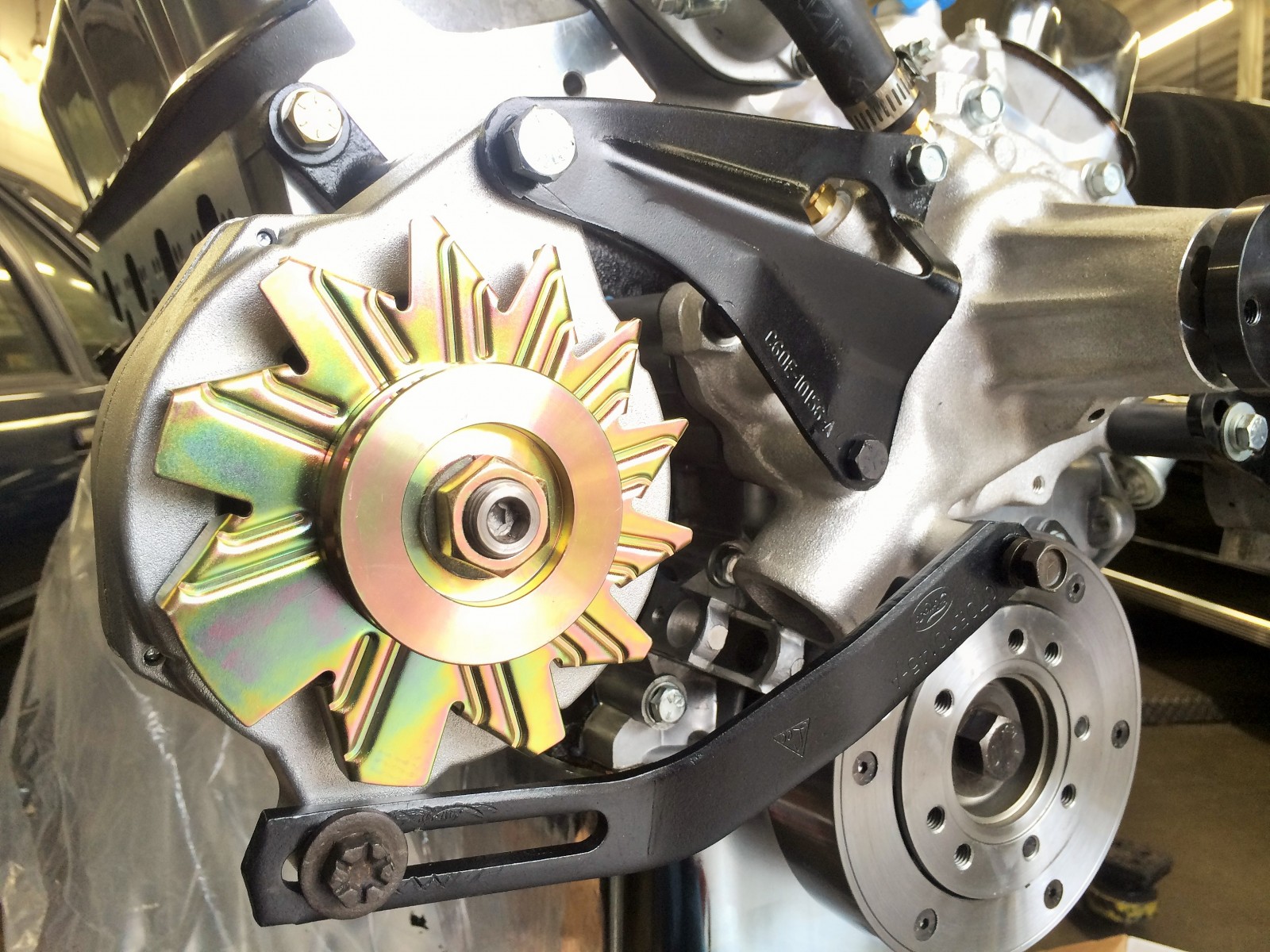
Yet as you’d imagine, some care has to be exercised in choosing a used part. Obviously some parts survive better on the used market than others. A hard part like a metal bracket, manifold, sheetmetal, or unusual hardware is a safer bet than, say, an electrical part, rubber bit, or anything involving fluid. Junkyards and classified ad sellers typically don’t offer refunds, so add some risk to your calculus.
Expect some to use some elbow grease here too.
First, when removing the old part from the donor vehicle—and then cleaning up and servicing the part before installing it on your ride. Obviously the effort is dependent on the part in question, but don’t be surprised to grab a breaker bar and some penetrating oil when pulling parts off a junked vehicle.
To prep something like a bracket or housing for installation, we typically remove corrosion the best we can with a wire wheel or Evapo-Rust, and then hit the clean part with some heavy rust coating paint to prevent oxidation from coming back.
Electrical contact cleaner and degreaser are handy to have as well.
We built a small, cheap parts tumbler using an old drill, a jar, bolt & some play sand—click here and we’ll show you how too.
New Old Stock (NOS) Parts
There’s one other used part subcategory that’s worth mentioning here too, a “New Old Stock” part. An NOS part is a part that was packaged and shipped, but never sold to the public and/or opened by the buyer. So, even though the part is really old, it’s still essentially brand new. Learn more about it in this in-depth article on New Old Stock parts.
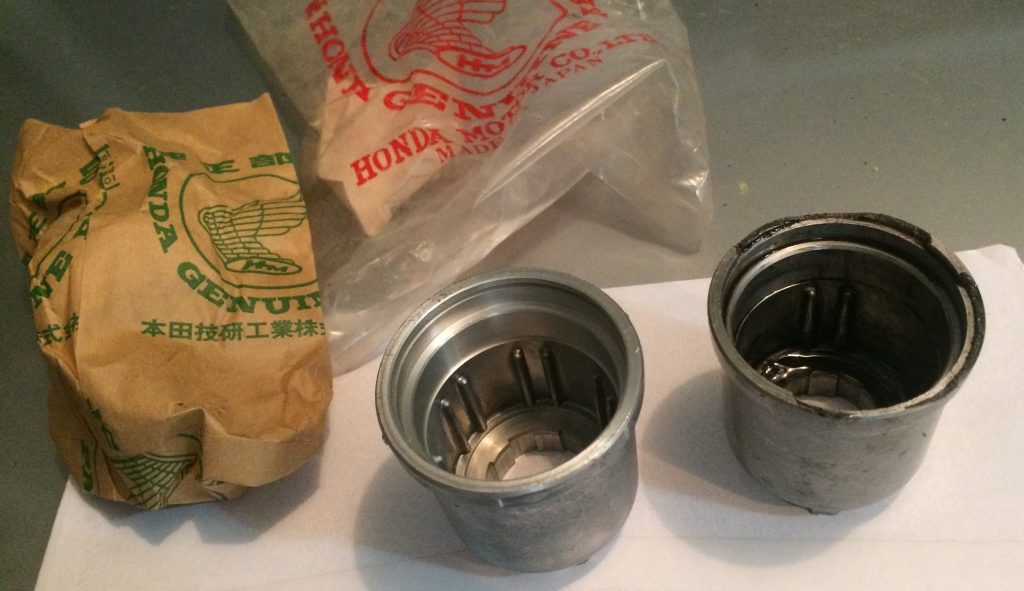
***
The primary focus of this article was toward folks keeping their daily drivers on the road—though gearheads undertaking a vintage vehicle restoration project often face exacerbated parts availability issues as well.
Got a resto project car in your driveway? You may find the quality restoration parts you need here to finish the job.

Thats a wee bit of a tight clearance between the balancer and that water pump aint’ it? What engine is that?
Hey Dave, it’s a Ford 408W block. You can read the whole story on that engine build here.